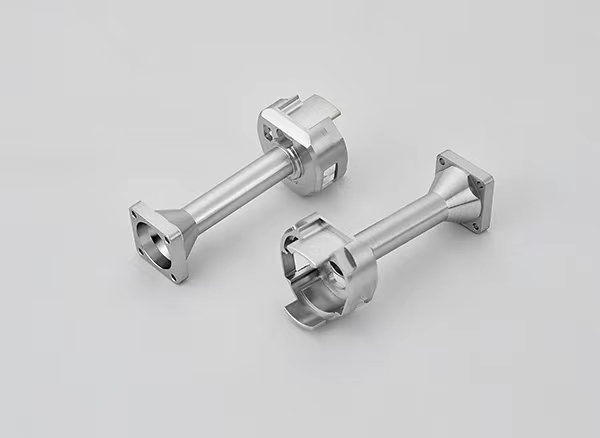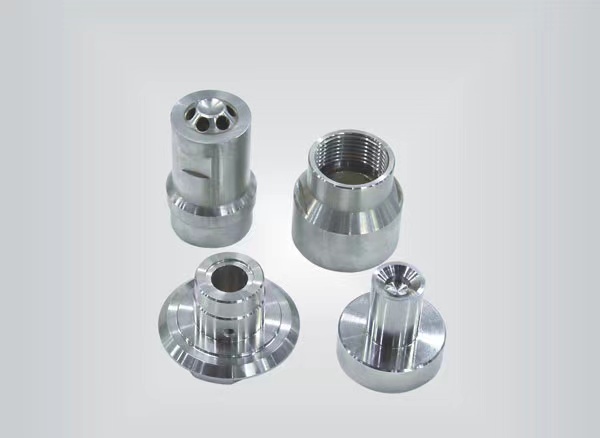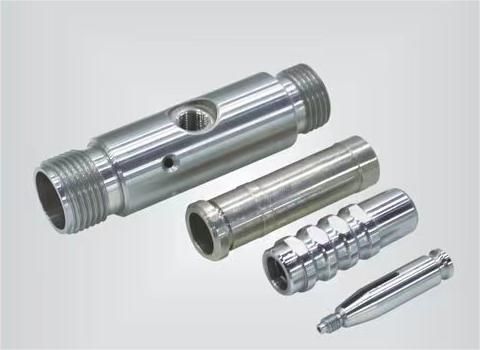The processing requirements of the connected parts of the automation equipment are very strict. Automation equipment connection parts are responsible for the connection between various equipment parts. Its quality is particularly important for the operation of the entire automation equipment.
Automation equipment link parts processing technology mainly includes the following steps:

1. Design and planning
• Accurately design the shape, size and tolerance range of the parts according to the functional requirements of the automation equipment for the linked parts. Computer aided design (CAD) software is used for 3D modeling, and each feature of the parts is planned in detail.
• Analyze the force and movement of the parts in the automation equipment to determine the appropriate material. For example, high-strength alloy steel may be used for link shafts that are subject to greater torque.
2. Prepare raw materials
• Purchase qualified raw materials according to design requirements. The size of the material generally reserves a certain processing margin.
• Inspect raw materials, including material composition analysis, hardness testing, etc., to ensure that they meet processing requirements.
3. Cut the material
• Raw materials are cut into billets using CNC cutting machines (such as laser cutting machines, plasma cutting machines, etc.) or saws, depending on the part size. Laser cutting machine can accurately cut complex shapes of billets, and cutting edge quality is high.

4. Roughing
• Use CNC lathes, CNC milling machines and other equipment for roughing. The main purpose is to quickly remove most of the margin and make the part close to the final shape.
• When roughing, a larger cutting amount will be used, but attention should be paid to controlling the cutting force to avoid part deformation. For example, when roughing axle link parts on CNC lathes, the cutting depth and feed amount are set reasonably.
5. Finishing
• Finishing is a key step in ensuring part accuracy. Using high precision CNC equipment, using small cutting parameters for machining.
• For surfaces with high precision requirements, such as mating surfaces, guide surfaces, etc., grinding machines may be used for grinding. The grinding machine can control the surface roughness of the parts at a very low level and ensure dimensional accuracy.
6. Hole processing
• If the link part needs to process various holes (such as thread holes, pin holes, etc.), you can use a CNC drilling machine, CNC machining center for processing.
• When drilling, pay attention to ensure the position accuracy and dimensional accuracy of the hole. For deep holes, special deep hole drilling processes may be required, such as the use of internal cooling bits, graded feed, etc.
7. Heat treatment
• Heat treatment of processed parts according to their performance requirements. For example, quenching can increase the hardness of parts, and tempering can eliminate quenching stress and adjust the balance of hardness and toughness.
• After heat treatment, parts may need to be straightened to correct deformation.
8. Surface treatment
• In order to improve the corrosion resistance, wear resistance, etc., surface treatment. Such as electroplating, electroless plating, spraying and so on.
• Electroplating can form a metal protective film on the surface of the part, such as chrome plating can improve the hardness and wear resistance of the surface of the part.
9. Quality inspection
• Use measuring tools (such as calipers, micrometers, coordinate measuring instruments, etc.) to test the dimensional accuracy and shape accuracy of parts.
• Use the hardness tester to test whether the hardness of the parts meets the requirements after heat treatment. Inspect the parts for cracks and other defects through the flaw detection equipment.
10. Assembly and commissioning
• Assemble the machined link parts with other automation equipment parts. During the assembly process, attention should be paid to the matching accuracy and assembly sequence.
• After the assembly is completed, debug the automation equipment, check the working condition of the linked parts in the operation of the equipment, and ensure that they can meet the functional requirements of the automation equipment.

Post time: Jan-14-2025
